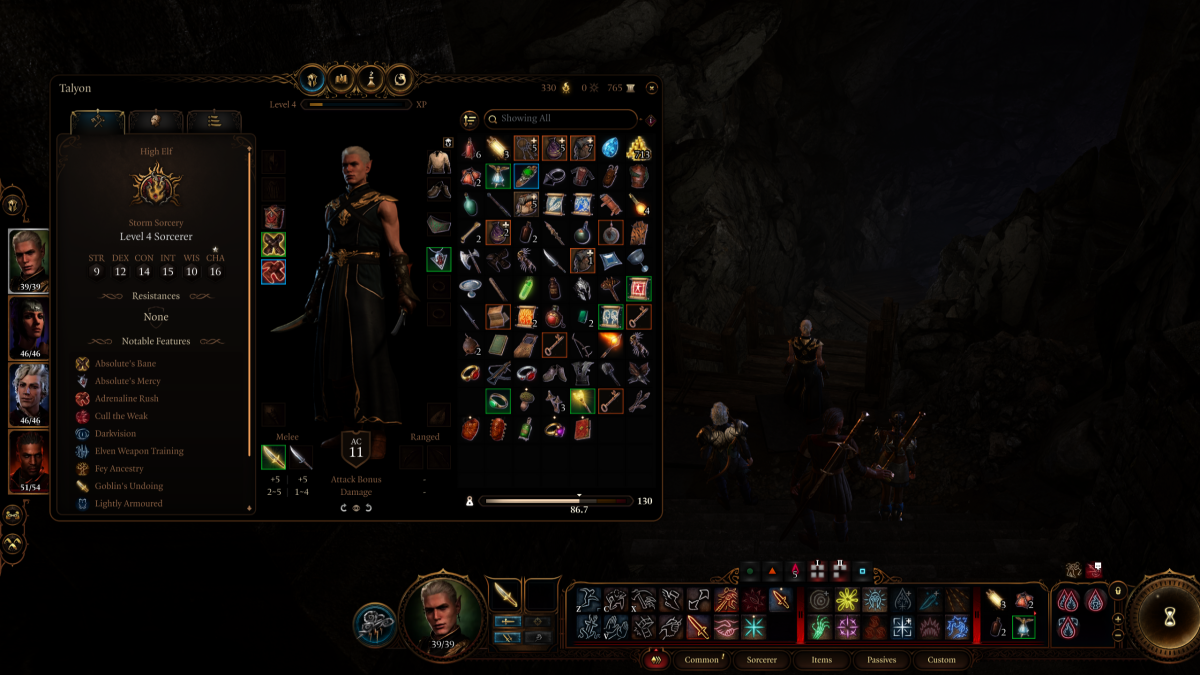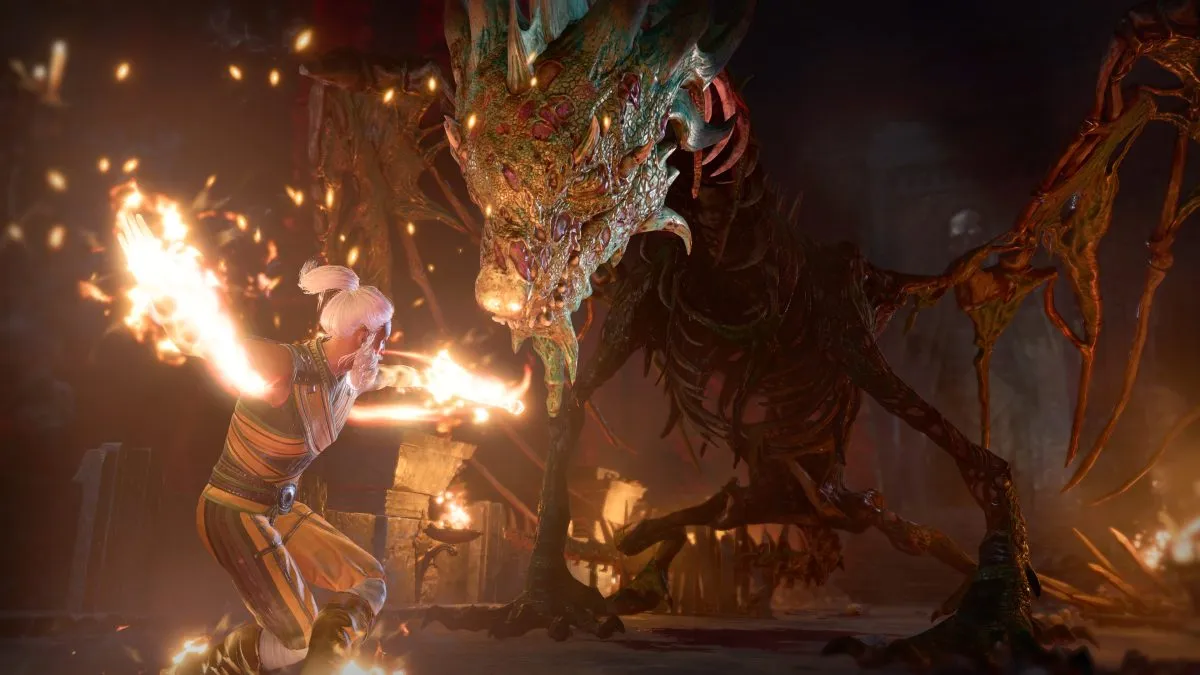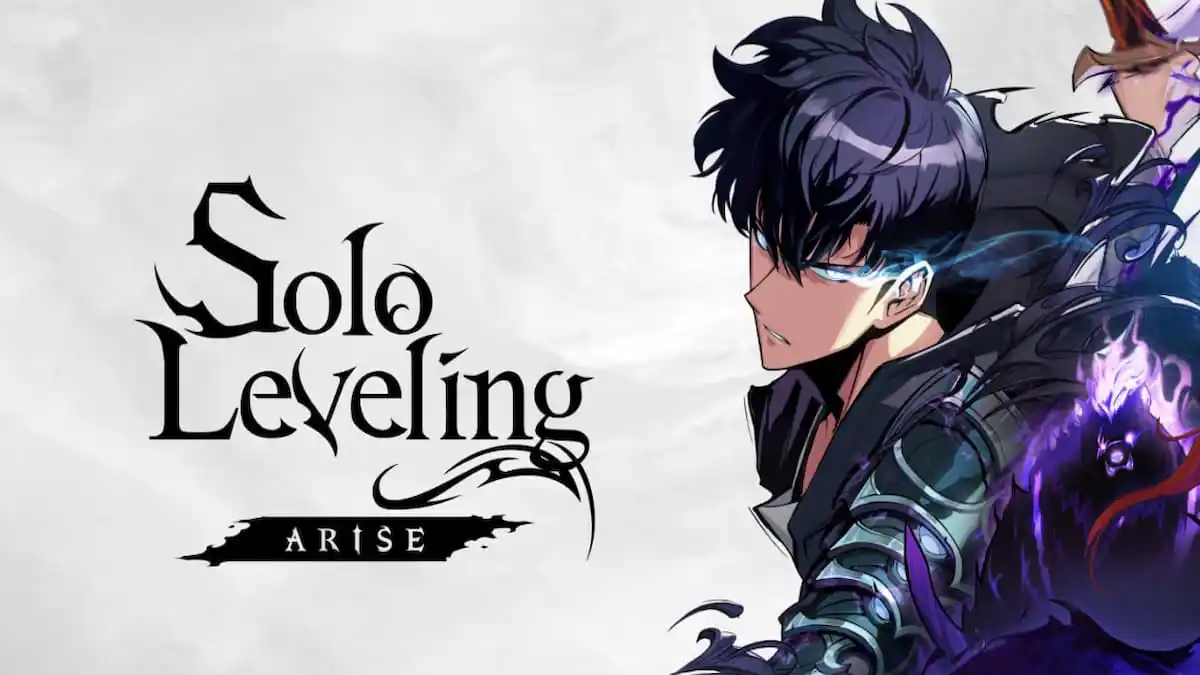You may have noticed that dual wielding doesn’t seem to be all that common in Baldur’s Gate 3 (BG3), even though it’s something you can easily do. The real question is whether you should be dual wielding. So, is it actually any more powerful than wielding a single weapon?
How to Dual Wield in Baldur’s Gate 3
To dual wield in BG3, you have to equip two weapons that are tagged as Light in your character’s inventory. For PC players, once you have two weapons equipped, all you need to do is press the R key to toggle dual wielding on or off. For console players, you can select one of the dual-wieldable weapons and there will be a prompt to press Y (on Xbox) or Triangle (on PlayStation) to toggle dual wield.
What Is the Dual Wielder Feat in BG3?
The Dual Wielder Feat in BG3 is a special feature that allows characters to use Two-Weapon Fighting, even if the one-handed melee weapons they are wielding aren’t Light. This feat also grants a +1 bonus to Armor Class when you’re wielding a melee weapon in each hand. However, you cannot dual-wield Heavy weapons with this feat. It’s a great choice for characters that focus on Strength rather than Dexterity, especially those wearing heavy or medium armor.
All BG3 Dual Wield Weapons
Here’s a list of every type of weapon you can dual wield in BG3:
- Clubs
- Daggers
- Hand Axes
- Light Hammers
- Scimitars
- Short Swords
- Sickles
If you have the Dual Wielding Feat, you can Dual Wield any one-handed weapon, including:
- Battleaxes
- Maces
- Long Swords
- Hammers
- Rapiers
Related: How to Beat the Balthazar Boss in Baldur’s Gate 3 (BG3)
Is Dual Wielding Any Good in BG3?
Unlike many other RPGs, however, dual wielding in Baldur’s Gate 3 isn’t necessarily a straight damage increase over using a single weapon. Instead, you’ll get to use both weapons, but you’re also using your action for the first strike and your bonus action for the second attack. This means you’ll lose out on being able to disengage, jump, shove, or use any other bonus action while dual wielding. The second strike is also less powerful than the main attack because the Strength or Dexterity bonus your character adds to their weapon attacks only applies to the main weapon, meaning the off-hand attack is a bit of a wet noodle when it comes to damage.

I’ve found the extra damage from the second strike to be decent in the early game, but it quickly loses its value as you progress. More often than not, you’ll find yourself much better off using a shield in the offhand for the extra defense and capabilities and gaining back your bonus action. Using a 2H weapon is also better in my experience; the damage has better scaling, and, again, the bonus action can be crucial in so many situations. Unless your build is hyperfocused around dual wielding, I would advise against using it in general, as you’re better off with other setups.
That’s it for dual wielding in Baldur’s Gate 3. There aren’t many benefits to dual wielding other than getting an extra off-hand hit in, but it comes at the cost of a bonus action, and the damage is much lower than a main-hand attack, so it’s not really worth going for. It’s just one of the helpful things to know about getting the most out of this epic RPG, so make sure to take a look through our full set of guides for more tips.
Baldur’s Gate 3 is available on Xbox, PlayStation, and PC.
The above article was updated on 5/15/2024 by Davi Braid to clarify information about dual wielding in BG3.







Published: May 15, 2024 07:31 am